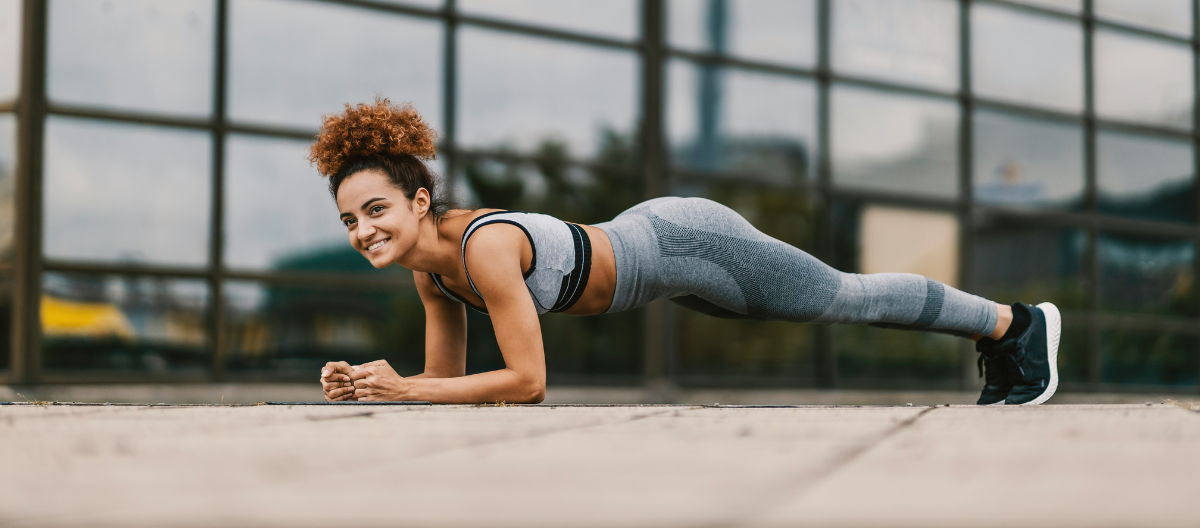Hey Diva dressing fans! When the items we love coincide with brands we work with, Diva dressing will use Paid Links in our articles. If you decide to click on these links and purchase the product, we get a small commission. Our Opinions Are Our Own, but we do add Paid Links as a way to offer these products at no added cost to our readers. Want to know more? Click Here to check out our Terms of Use anytime!
Reverse fly is a staple exercise in many fitness routines, particularly for those looking to strengthen the upper back and improve shoulder stability. This movement targets the rear deltoids, rhomboids, and trapezius muscles, making it an excellent choice for enhancing posture and preventing injuries. Proper execution is crucial for maximizing benefits and minimizing the risk of injury. In this article, we will explore the correct way to perform the reverse fly, common mistakes to avoid, and variations to keep your workout routine fresh and effective.
Understanding the Reverse Fly
Before diving into the specifics of performing the reverse fly, it’s essential to understand its benefits. The reverse fly helps strengthen the muscles that pull the shoulders back and down, counteracting the common forward-slouching posture that many develop from sitting for long periods. This exercise is particularly beneficial for individuals who engage in activities that emphasize pushing movements (like bench presses) but neglect pulling movements.
By incorporating the reverse fly into your routine, you can enhance your upper body strength, improve your posture, and increase your overall shoulder stability. Additionally, strengthening these muscles can help prevent injuries during other workouts and daily activities.
Steps to Perform the Reverse Fly
Starting Position:
- Stand with your feet hip-width apart, holding a dumbbell in each hand.
- Hinge at your hips by bending slightly at the knees while keeping your back straight. Your torso should lean forward at approximately a 45-degree angle. Imagine a straight line running from your head to your hips.
Hand Position:
- Allow the dumbbells to hang down in front of you, with your palms facing each other (neutral grip).
- Keep your arms slightly bent at the elbows throughout the movement. This slight bend helps to reduce stress on the joints and maintains tension in the muscles.
Execution:
- As you inhale, begin to lift the dumbbells out to the sides. Focus on squeezing your shoulder blades together as you lift. This contraction is key to activating the targeted muscles.
- Raise the dumbbells until they are parallel to the ground or slightly above shoulder height. Avoid lifting too high, as this can place unnecessary strain on your shoulders.
Hold:
- Pause for a moment at the peak of the movement. Feel the contraction in your upper back and shoulders, enjoying the benefits of the work you’re doing.
Return:
- Exhale as you slowly lower the dumbbells back to the starting position. Control the descent to ensure you maintain tension in your muscles and prevent injury.
Repetitions:
- Aim for 10-15 repetitions per set. Depending on your fitness level, perform 2-3 sets of this exercise, allowing adequate rest between sets.
Tips for Proper Form
To ensure you get the most out of your reverse fly, consider the following tips:
- Engage Your Core: Tightening your core muscles helps support your lower back throughout the movement. This stability is crucial for maintaining proper form and preventing injury.
- Use Controlled Movements: Avoid using momentum to lift the weights. Focus on controlled movements to maximize muscle engagement and minimize the risk of injury.
- Choose the Right Weight: Start with lighter weights to master your form before increasing the load. Using too heavy a weight can lead to poor form and potential injury.
- Maintain a Neutral Spine: Keep your back straight and avoid rounding or arching it. Your neck should remain in a neutral position, aligned with your spine. This alignment is crucial for avoiding strain during the exercise.
- Mind-Muscle Connection: Concentrate on the muscles you are working—specifically, the upper back and shoulders. This focus enhances the effectiveness of the exercise and helps you engage the targeted muscles better.
Common Mistakes to Avoid
As with any exercise, certain mistakes can hinder your progress or lead to injury. Here are some common pitfalls to watch out for:
- Overextending the Lift: Lifting the weights too high can lead to shoulder strain. Keep the movement controlled and within a comfortable range.
- Poor Posture: Rounding your back or neck can result in injury. Always strive to maintain a straight back and neutral neck alignment during the exercise.
- Using Too Much Weight: Opt for a weight that allows you to perform the exercise with proper form. If you struggle to maintain control, reduce the weight until you feel comfortable.
Variations of the Reverse Fly
If you’re looking to add variety to your workout routine or adjust the difficulty of the reverse fly, consider these variations:
- Seated Reverse Fly: Sit on a bench with a slight lean forward to perform the reverse fly. This variation provides stability and may help maintain proper form.
- Resistance Bands: Use resistance bands instead of dumbbells to perform reverse flies. Bands provide varying resistance throughout the movement, adding a new challenge.
- Single-Arm Reverse Fly: Perform the reverse fly one arm at a time for added focus on each side of your back. This variation allows for increased isolation and muscle engagement.
- Incline Reverse Fly: Lie face down on an incline bench and perform the reverse fly from this position. This angle can help isolate the upper back muscles more effectively.
Integrating Reverse Fly into Your Routine
To reap the full benefits of the reverse fly, consider integrating it into a well-rounded upper body workout. Pair it with exercises that target the chest, shoulders, and arms for a comprehensive approach. Some complementary exercises include:
- Push-Ups: Engage the chest and triceps while providing a balance to the pulling motion of the reverse fly.
- Bent-Over Rows: Focus on strengthening the back and biceps, which pairs well with the reverse fly.
- Shoulder Press: Strengthen the shoulder muscles to create a balanced upper body workout.
Here are some products to try
As Seen on TV Perfect Power Push Up Non-Slip $19.89
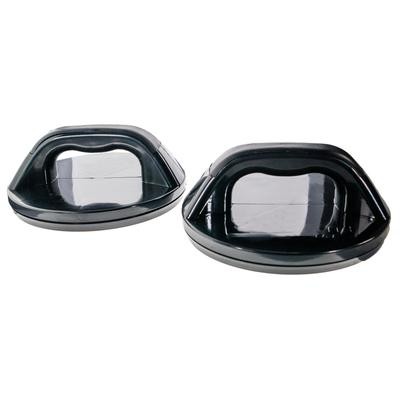
Pull Up Bar for In-Home Fitness $44.99

Sunny Health & Fitness Strength Training Band $56.99
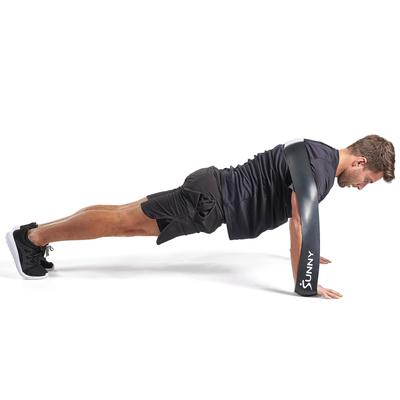
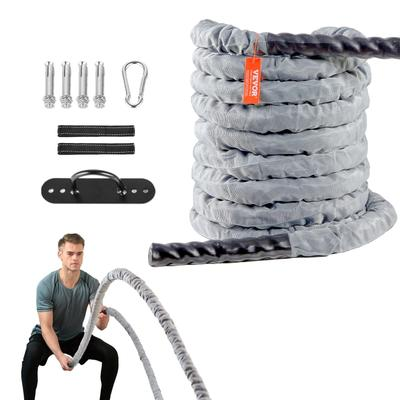
Balance From Fitness Adjustable Strength Training Workout Station, Black & White $89.99
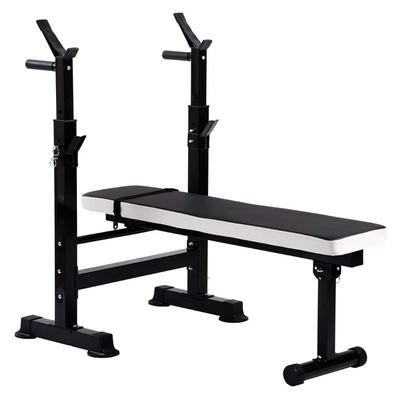
Sunny Health & Fitness Signature Style Polyurethane Round Dumbbells 10-Pound $93.98
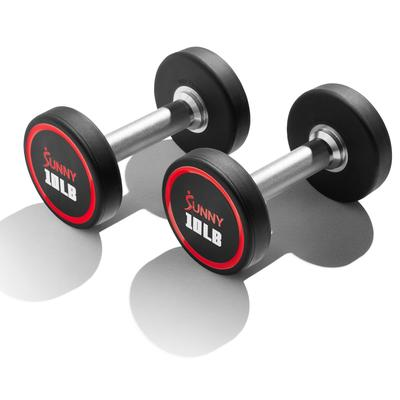
Sunny Health & Fitness Multifunction Dip Station Strength Bar $100.69
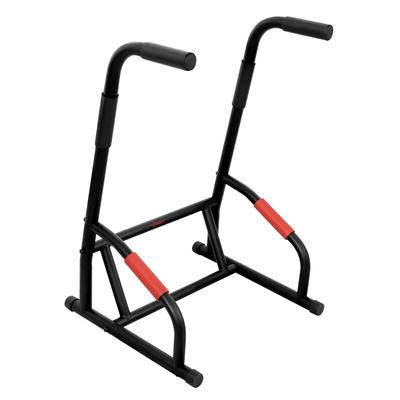
Power Tower Dip Station Adjustable Height Pull Up Bar Stand Fitness Equipment $102.99
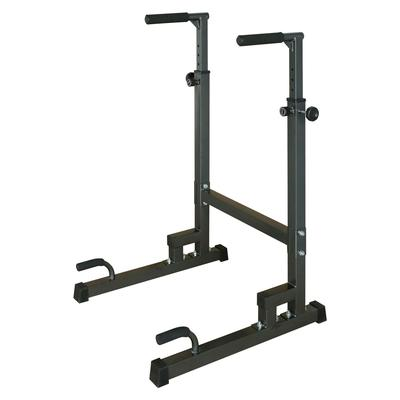
Costway 40” Foldable Trampoline Fitness Rebounder with Resistance $104.49


